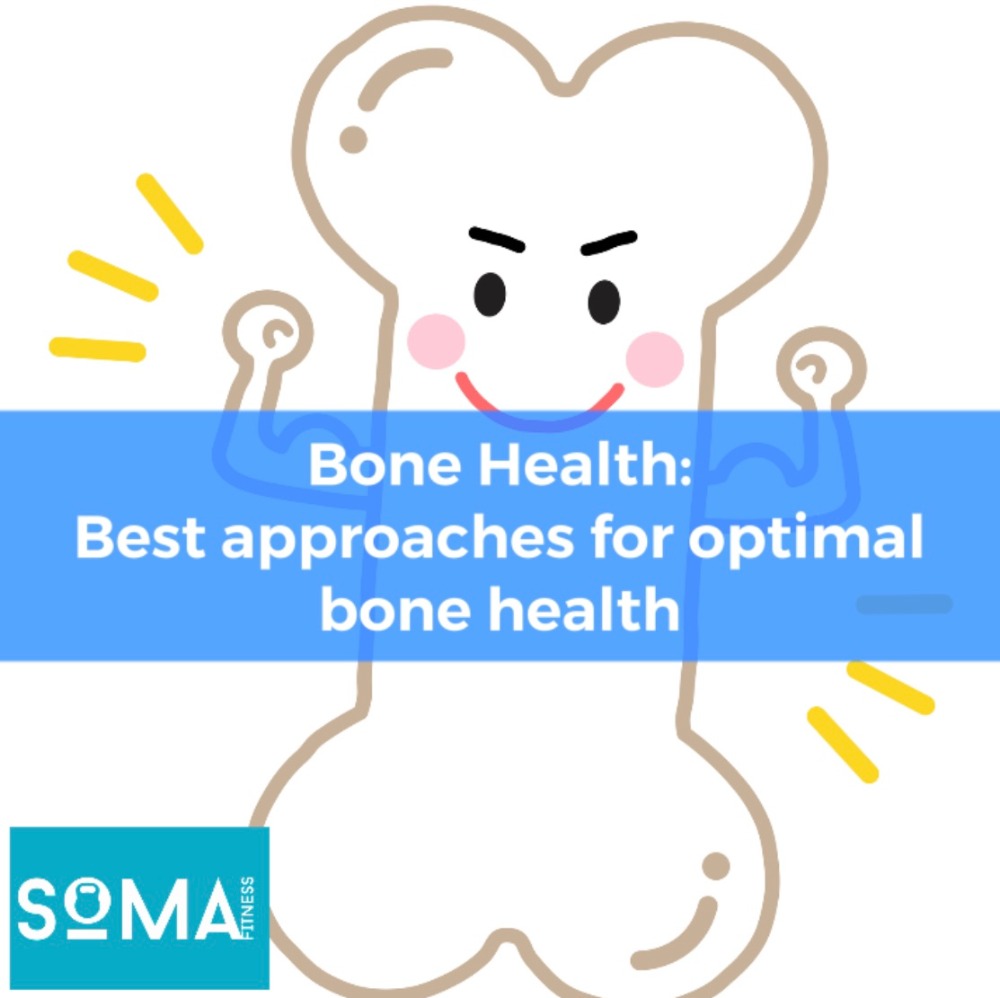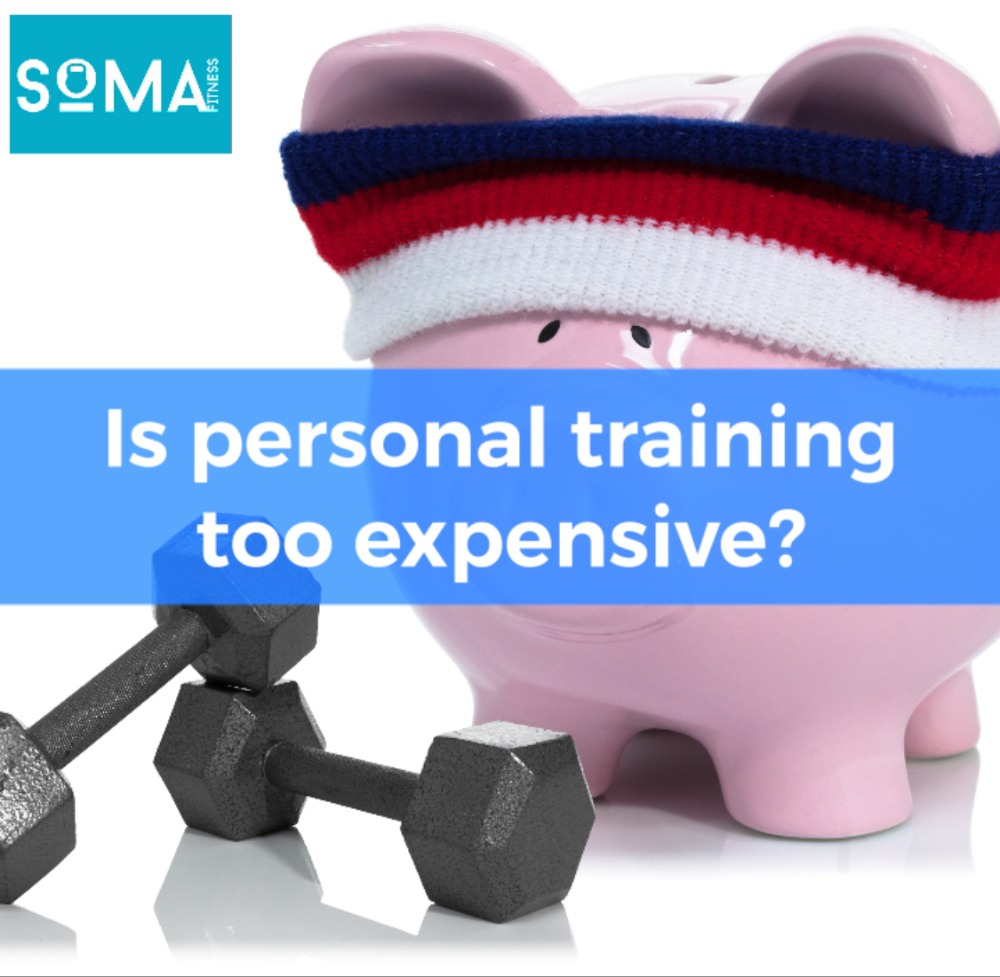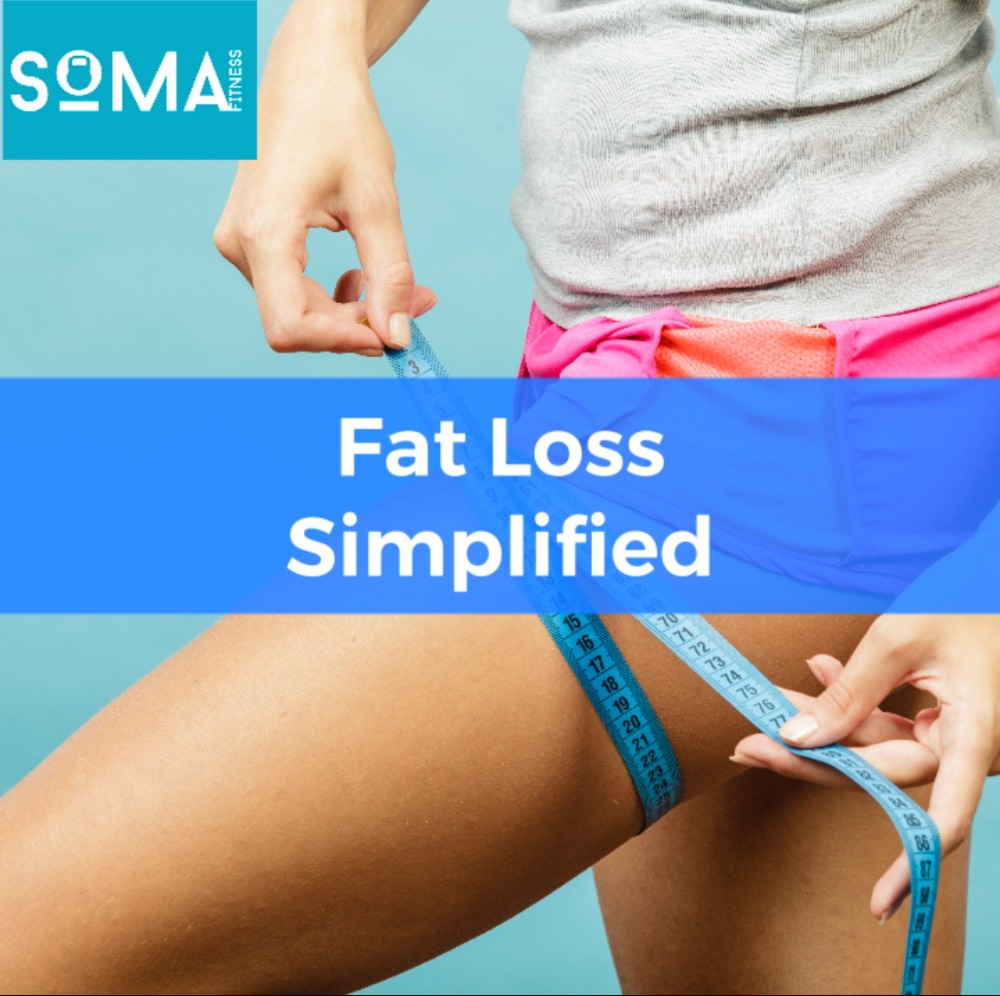Mastering Discipline: Unlocking Your Weight Loss Potential

Weight loss is a common challenge faced by many individuals. While there can be several underlying factors contributing to weight gain, one of the biggest culprits we see with the majority of our personal training clients is most often a lack of discipline. Discipline plays a crucial role in making healthy choices and maintaining a balanced lifestyle. Unfortunately for most individuals elevating themselves beyond their comfort zone becomes a psychological battle and they often give up due to lack a of discipline. In this article, we will explore how discipline affects weight management, identify common scenarios where discipline falters, and provide strategies to train and strengthen your discipline muscle. Additionally, we will recommend three books that can guide you on your journey toward overcoming bad habits and improving discipline.
The Role of Discipline in Weight Management:
Discipline is the ability to resist short-term temptations in favour of long-term goals. When it comes to weight management, discipline is vital because it helps you make consistent choices aligned with your health objectives. It empowers you to resist the allure of high-calorie desserts, mindless snacking, excessive alcohol consumption, and other dietary pitfalls. By practicing discipline, you can make conscious decisions that support your weight loss journey.
Identifying Common Scenarios of Discipline Failure:
Discipline can falter in various situations, making it challenging to stick to your weight management plan. Here are some examples:
- Dessert Temptations: You may find it difficult to resist indulging in desserts, especially when faced with tempting options like creamy cakes or gooey pastries. If you have created the habit of always ordering a dessert when you dine out, it’s going to take a conscious effort to decline dessert with the waiter/waitress brings along the dessert menu. Ordering a peppermint tea or straight up asking for the bill will take effort and putting yourself out of your comfort zone to achieve it. However once you practice this habit on numerous occasions your discipline will grow and your comfort zone will be enhanced. Remember everything is hard been overweight is hard and been in shape and healthy is hard and takes conscious effort.
- Social Settings: When attending social gatherings, it’s easy to cave in to peer pressure or the desire to fit in, resulting in overconsumption of unhealthy food and beverages.
- Office Snacking: Workplace environments often offer opportunities for indulgence, such as when colleagues bring in delicious treats or when stress triggers the need for comfort food.
Training Your Discipline Muscle:
Discipline is not an innate quality but rather a skill that can be developed and strengthened over time. Here are some strategies to train your discipline:
- Set Clear Goals: Define your weight management goals and establish a realistic plan to achieve them. Having a clear vision of what you want to accomplish will enhance your focus and motivation.
- Create a Routine: Establishing a consistent routine helps you develop healthy habits. Plan your meals, exercise sessions, and rest periods, and stick to them as closely as possible.
- Practice Mindfulness: Increase your awareness of your thoughts, emotions, and behaviours related to food. By practicing mindfulness, you can identify triggers that lead to overeating or unhealthy choices and learn to respond more intentionally.
- Build a Support Network: Surround yourself with individuals who support your goals. They can provide encouragement, accountability, and motivation when your discipline falters.
Recommended Books for Improving Discipline:
- “Atomic Habits” by James Clear: This book explores the power of small habits and offers practical strategies to build discipline and transform your life.
- “The Power of Now” by Eckhart Tolle: By emphasizing the importance of living in the present moment, this book helps you cultivate self-awareness and make conscious choices aligned with your weight management goals.
- “The Willpower Instinct” by Kelly McGonigal: This book delves into the science of self-control and provides actionable techniques to strengthen your willpower and resist temptations.
Discipline is a key factor in successful weight management if you don’t take it seriously and consciously work on overcoming the habits that have caused you to gain weight then you chance of success are slim. By understanding the role of discipline, identifying scenarios where it tends to waver, and implementing strategies to train and strengthen your discipline muscle, you can overcome bad habits and make healthier choices. Remember, discipline is like a muscle: the more you exercise it, the stronger it becomes. So, start practicing discipline today and unlock your weight loss potential for a healthier, happier you. It’s not going to be easy but it sure will be worth it.










Recent Comments